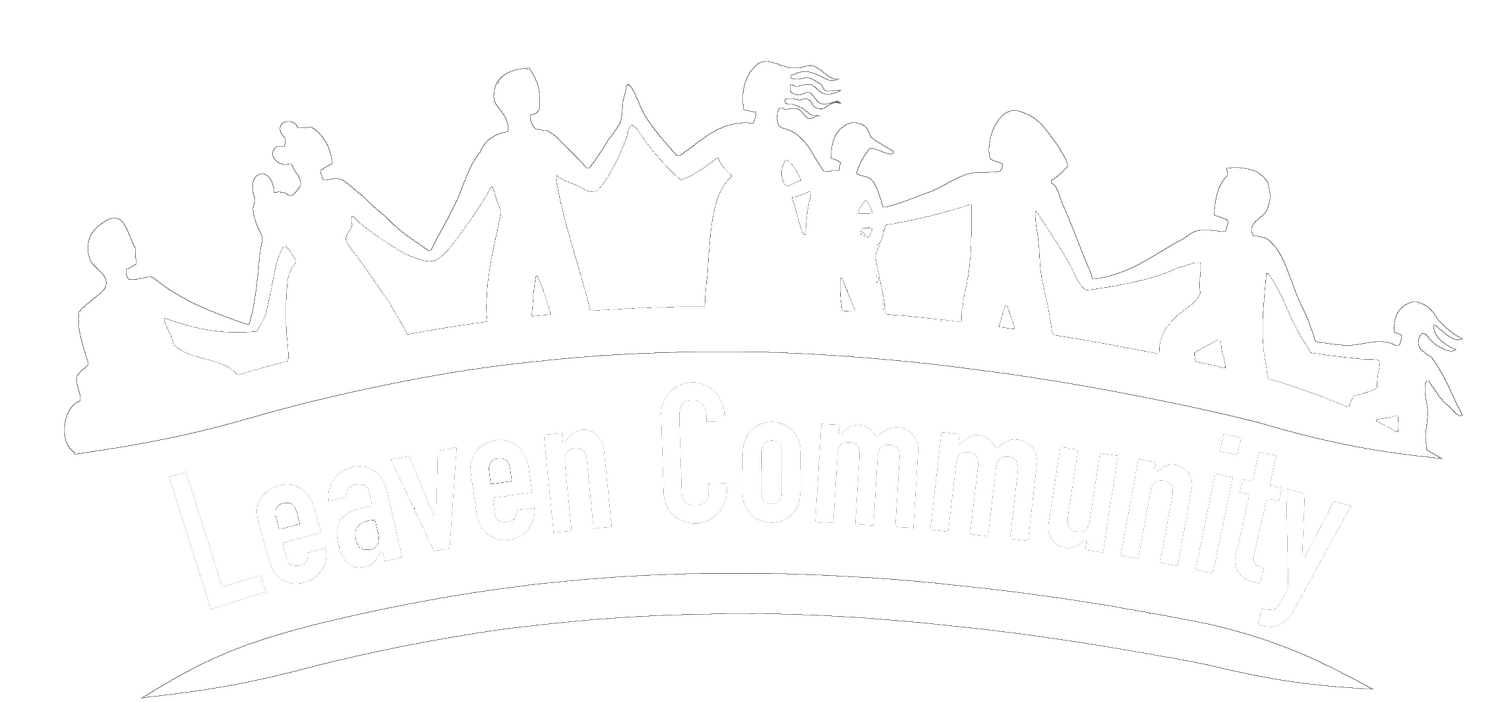Discussion Facilitator: Bruce Cantwell. Saturday, August 22, 2020.
The final section of the Four Fields of Awareness is the first lecture that Siddhartha Gautama gave to his buddies.[1]
It's usually referred to as The Four Noble Truths.
I think a better translation is The Four Hypotheses.
Sid laid out four hypotheses for his friends (and us) to investigate.
Since we've been using "liberation from habitual reactivity" as our translation of nirvana or nibbana, I decided to see how the four hypotheses compare to some curated nuggets from the “Little Lessons from the Four Laws” chapter of Atomic Habits by James Clear with my loose translation of the hypotheses in italics.
Cue
The first step in any behavior is observation. You notice a cue, a bit of information, an event.[2]
Birth is painful and traumatic. Aging, illness, and death are painful and traumatic. Thanks to hedonic adaptation, we quickly take the good things that happen for granted. When things don't go as we'd like, it pisses us off in the moment and, thanks to negativity bias, we dwell on it. For the most part, our bodies, feelings, thoughts, reactions and sensory experience are on autopilot.
Pain and trauma are to be fully understood.
Craving
A craving is created when you assign meaning to a cue. Your brain constructs an emotion or feeling to describe your current situation, and that means a craving can only occur after you have noticed an opportunity.
We seek the image of pleasure that we generate in our minds. At the time of action, we do not know what it will be like to attain that image (or even if it will satisfy us). The feeling of satisfaction only comes afterward.
The source of all suffering is the desire for a change in state. This is also the source of all progress. With craving, we are dissatisfied but driven. Without craving, we are satisfied but lack ambition.
It is craving that leads to procreation and lifetime after lifetime of dissatisfaction. Craving, accompanied by an unending quest to avoid discomfort leads to suffering. Craving life leads to suffering. Craving death leads to suffering. Craving is to be released.
Response
Every decision is an emotional decision at some level. The primary mode of the brain is to feel; the secondary mode is to think. Our first response—the fast, nonconscious portion of the brain—is optimized for feeling and anticipating. Our second response—the slow, conscious portion of the brain—is the part that does the “thinking.” This works great when the two are aligned, but it results in illogical and emotional thinking when they are not. To approach a situation from a more neutral emotional position allows you to base your response on the data rather than the emotion.
When you observe a cue, but do not desire to change your state, you are content with the current situation. Happiness is not about the achievement of pleasure (which is joy or satisfaction), but about the lack of desire. It arrives when you have no urge to feel differently. Happiness is the state you enter when you no longer want to change your state.
This corresponds so closely with what Sid said that I have nothing to add.
Reward
Craving is about wanting to fix everything. Observation without craving is the realization that you do not need to fix anything. Your desires are not running rampant. You do not crave a change in state. Your mind does not generate a problem for you to solve. You’re simply observing and existing.
By practicing the four fields of awareness, we've observed that our body, feelings, mind, and experience are constantly changing. All pleasant and unpleasant sensations and experiences come and go. Liberation from our habitual reactivity lies in the moment between cravings. By practicing friendliness (non-competition), compassion (the willingness to be with and ease suffering), sharing joy in others' good fortune, and equanimity (radical acceptance of life's pain and trauma), we can loosen the grip of cravings and choose how and when to respond instead of habitually react.
Photo by Pragyan Bezbaruah from Pexels
Complete Series on the Four Fields of Awareness
[1] “Exposition of the Truth of the Path.” Mahasatipatthana Sutta - The Great Discourse on the Establishing of Awareness, www.tipitaka.org/stp-pali-eng-parallel.shtml.
[2] Clear, James. Atomic Habits (p. 259-264). Penguin Publishing Group. Kindle Edition.

